Unique tradition in wedding ceremony of Red Dao people in Ta Phin
In Ta Phin, Sa Pa, Lao Cai Province, the wedding ceremony of the Red Dao people is not simply the union of two individuals, but a microcosm of cultural identity that reflects the deep bonds between the individual, the family and the community. Among its many unique features, the custom of the bride walking herself to the groom’s house remains a surprising experience for many visitors from afar.
Nestled in the verdant mountains of Sa Pa, Ta Phin Hamlet stands out like a vibrant brushstroke on the cultural canvas of the Northwest.
 |
Beyond its fame for traditional brocade weaving and the Red Dao herbal bath, Ta Phin preserves numerous distinctive traditional customs.
Among them, the traditional wedding ceremony of the Red Dao is rich in cultural and historical depth, as well as its strong communal spirit.
The wedding rituals are not merely about bringing two young people together; they are also a meaningful bond between two clans and between the small family and the extended hamlet community.
 |
A traditional Red Dao wedding typically consists of three main parts: the proposal, the wedding ceremony, and the post-wedding homecoming ritual.
Around the second or third lunar month, the groom’s family chooses an auspicious date to visit the bride’s family with offerings for the proposal. This occasion is when the two families agree on the bride price and set the official wedding date.
A particularly important gift is a pair of silver bracelets for the bride, which is a promise of enduring affection and a symbol of blessings towards a long-lasting love.
 |
After the proposal, the bride begins preparing her wedding attire. The clothes are the result of months of meticulous embroidery, with every stitch reflecting dedication and care.
Meanwhile, the groom’s family prepares the necessary offerings for the wedding ceremony. Weddings are usually held during the dry season, from the 10th lunar month to the 12th lunar month, when harvests have been completed. This is also the time when the hamlet comes alive with music and laughter echoing across the hillsides.
On the first day of the wedding, both families perform a ceremony to inform their ancestors. The groom’s family brings offerings to the bride’s house and joins the host in a feast with relatives and residents.
This is also the bride’s farewell as she departs for her husband’s home. Uniquely, the groom’s family does not organise a formal bridal procession; there is no grand welcoming party. Instead, the bride’s family escorts her to the groom’s house, while the groom and his relatives prepare to receive them at home.
This custom, long-standing in Ta Phin, reflects the respect shown to the bride’s family and conveys the hope that the bride will confidently and independently step into her new life using her own initiative.
Before leaving her parents’ home, the bride holds a ceremony to pray for a harmonious and peaceful married life. As she departs, her face is covered with a red cloth or an embroidered veil, as the Red Dao people believe that if sunlight touches the bride’s face on the way, it could bring misfortune to her marital life.
The Red Dao bride’s attire is a masterful blend of colours and traditional embroidery techniques. Dominated by red, symbolising happiness and good fortune, the costume also features green, white and black colours that evoke the forest, sky and earth.
On her dress and headdress are intricate motifs such as spirals, triangles, petals, and shimmering silver coins. These silver coins not only embellish the costume but also represent prosperity and blessings from both families.
Music is an indispensable part of a Red Dao wedding, forming an invisible bridge, bringing everyone's souls into the bustling, excited atmosphere across the village. Musicians are invited to play horns and drums throughout the wedding days.
The third day marks the official wedding ceremony. At the chosen auspicious time, the groom’s family brings out horns and drums to a spacious area near their house to welcome the bride’s entourage.
The band moves in a circle around the bride’s procession, playing music and forming the shape of the number eight, symbolising wishes for everlasting happiness and a strong bond between the two families. Throughout the ceremony, the groom’s family offers tea and wine to warmly and respectfully receive the bride’s family.
Another significant ritual is the exorcism ceremony before the bride enters her husband’s home. The Red Dao people believe that the long journey may attract bad luck.
A shaman performs the exorcism ceremony, holding a bowl of sacred water while chanting and sprinkling it around the area, accompanied by offerings such as a rooster to ward off evil.
The ritual lasts about an hour and concludes with the bride formally stepping into her new home amidst blessings from all people gathered.
Once all the rituals are complete, the bride and groom kneel before the ancestral altar and receive blessings from their families. They visit each feast table, raising glasses of wine and receiving well wishes from relatives and fellow villagers.
 |
About a month later, the groom’s family returns to the bride’s house with offerings in the post-wedding homecoming ritual, as a gesture of gratitude and to reinforce the bond between the two families.
The Red Dao people’s wedding is not only a celebration of two individuals but also a community cultural event, where traditional values are preserved and passed down through the sgenerations.
Amidst the misty air in the mountainous region is the image of a Red Dao bride quietly walking herself to her husband's house, bearing the vibrant colours of the mountains and forests.
The eternal cultural consciousness is a unique and unmistakable feature, forever imprinted in the hearts of those who have ever visited Ta Phin, Sa Pa.
 Bắc giang
Bắc giang

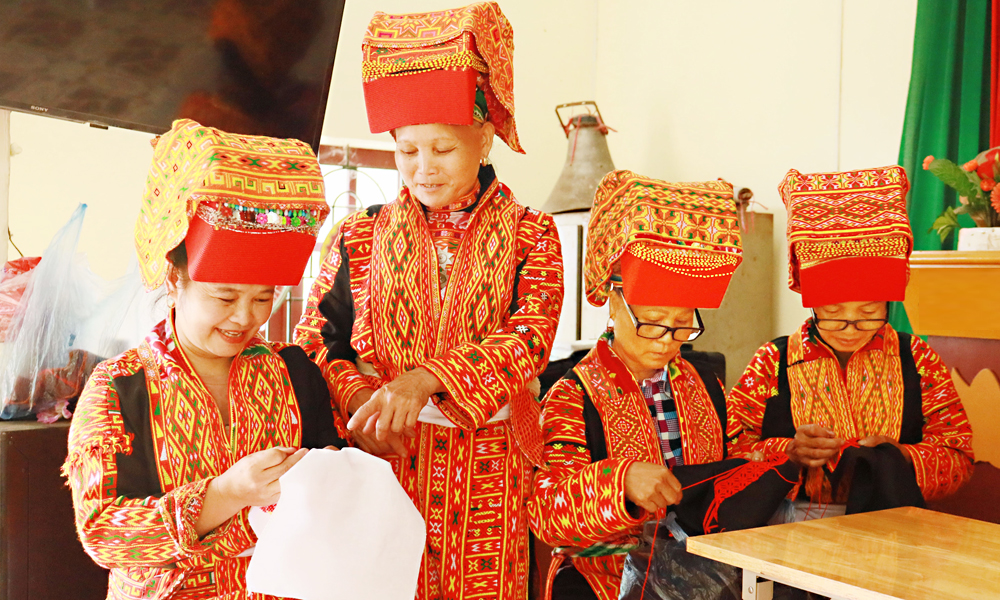

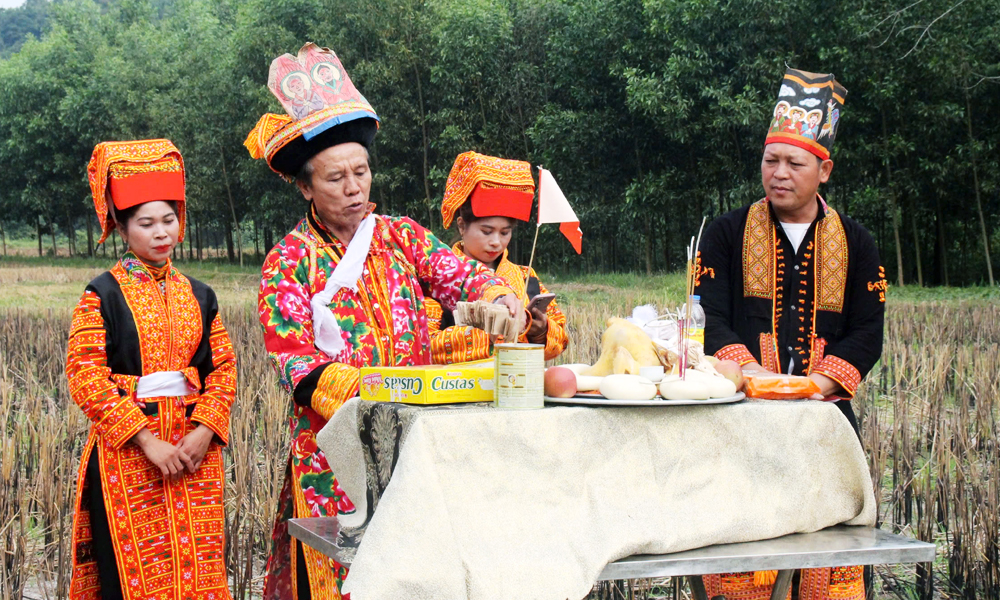

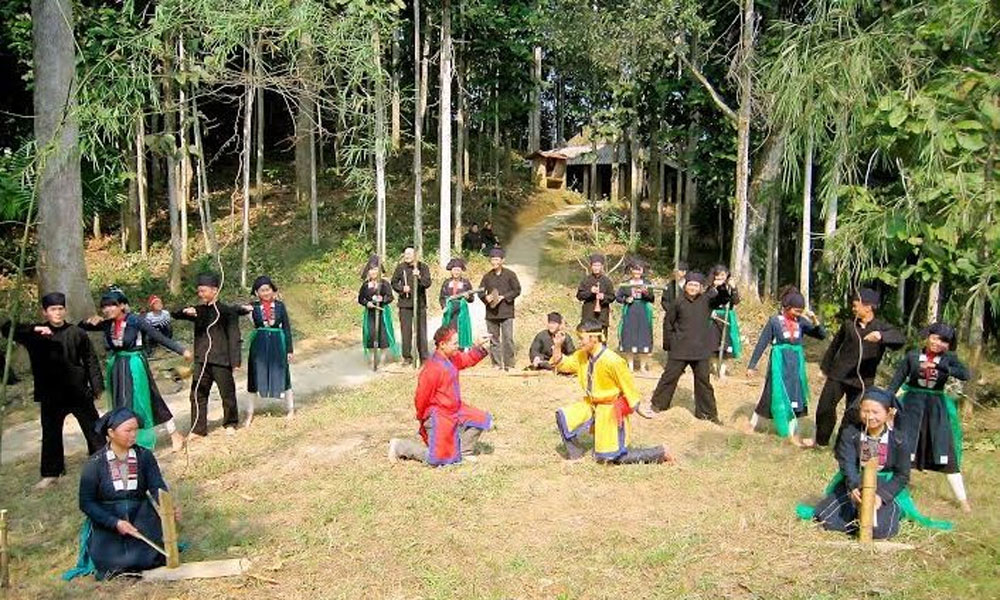

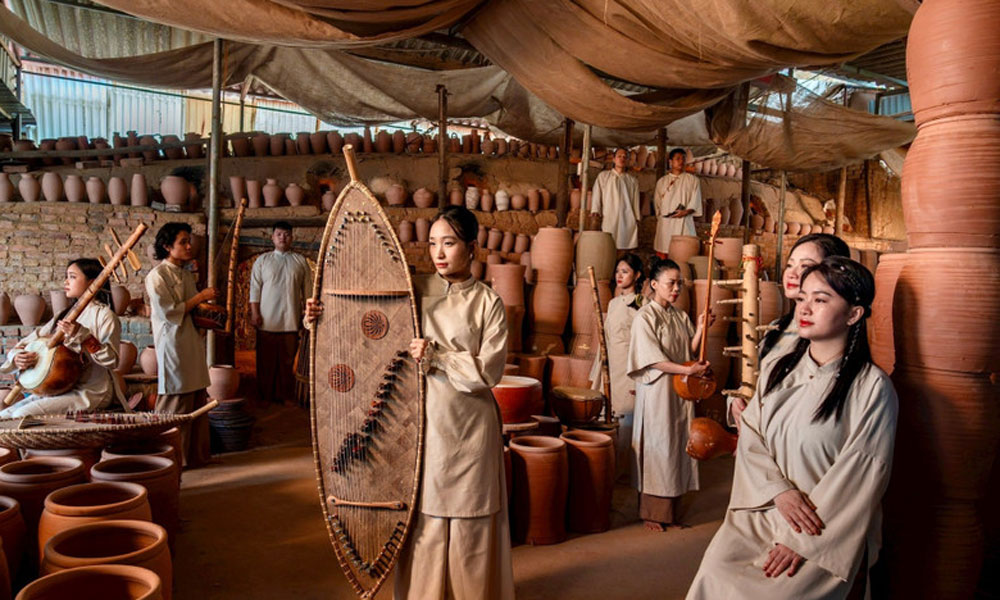
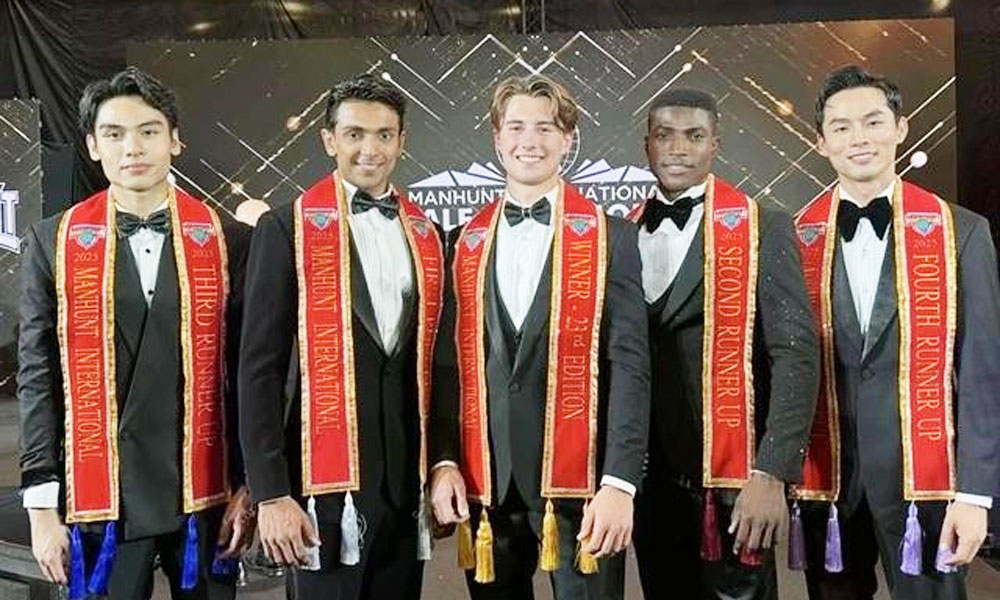

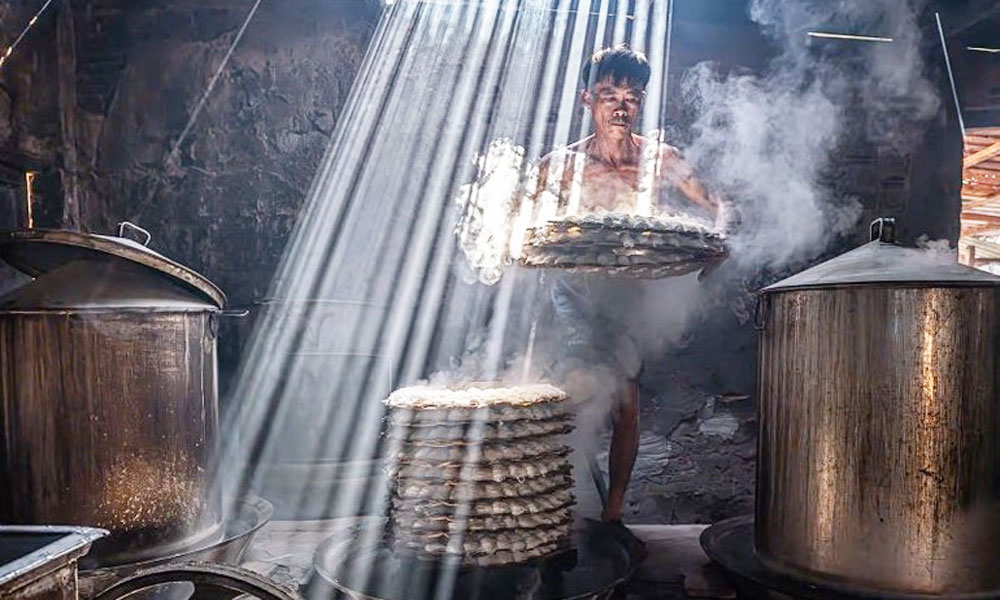


Reader's comments (0)